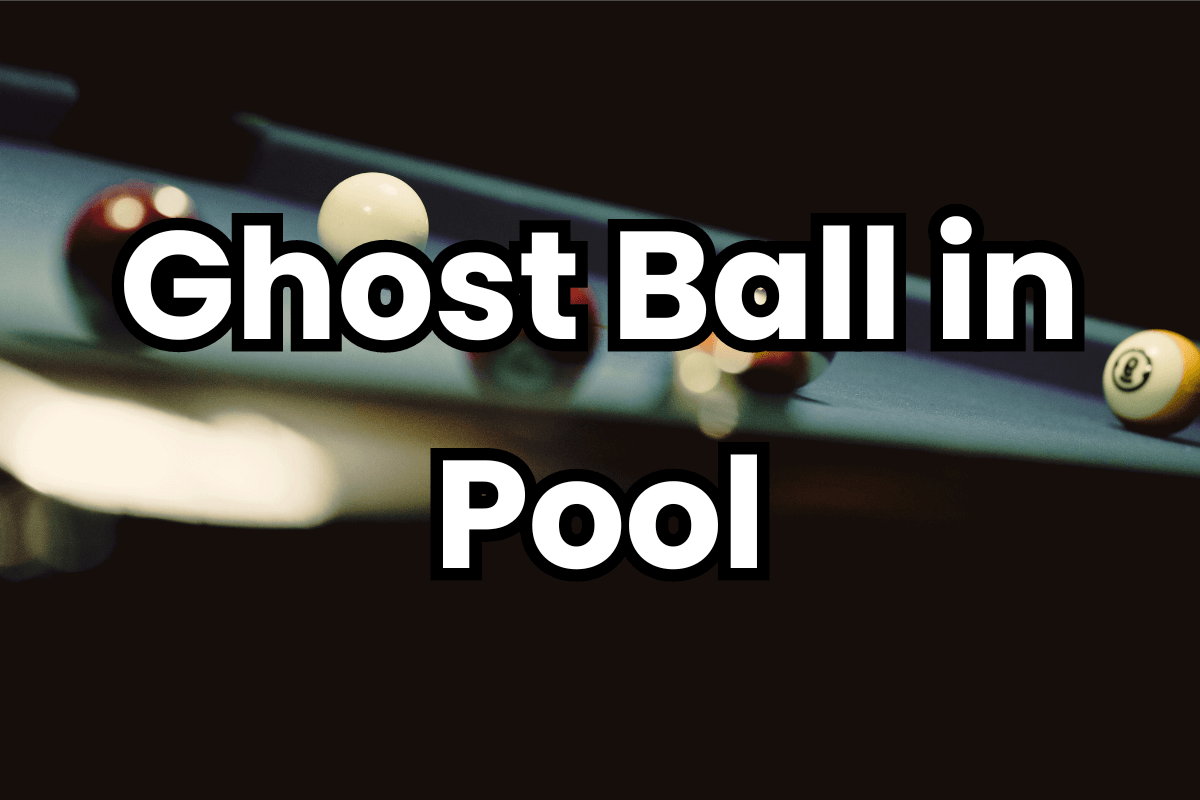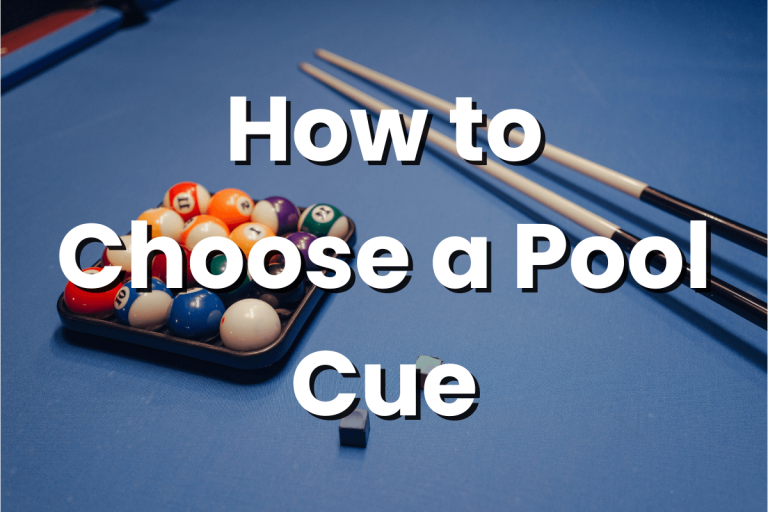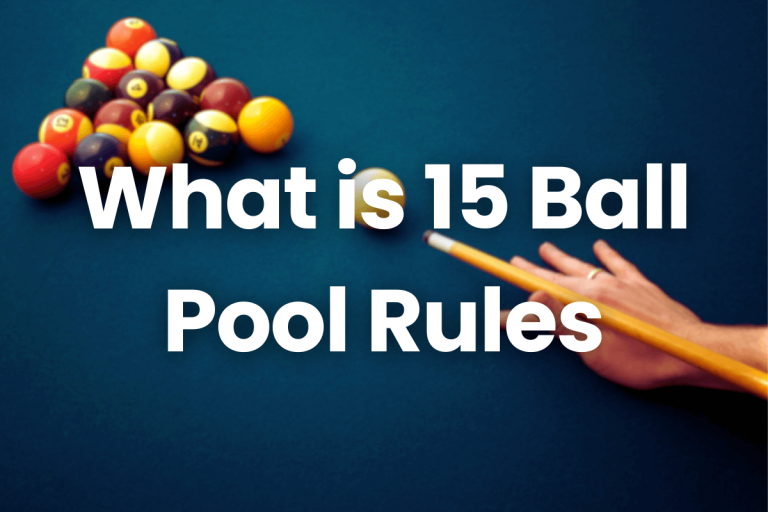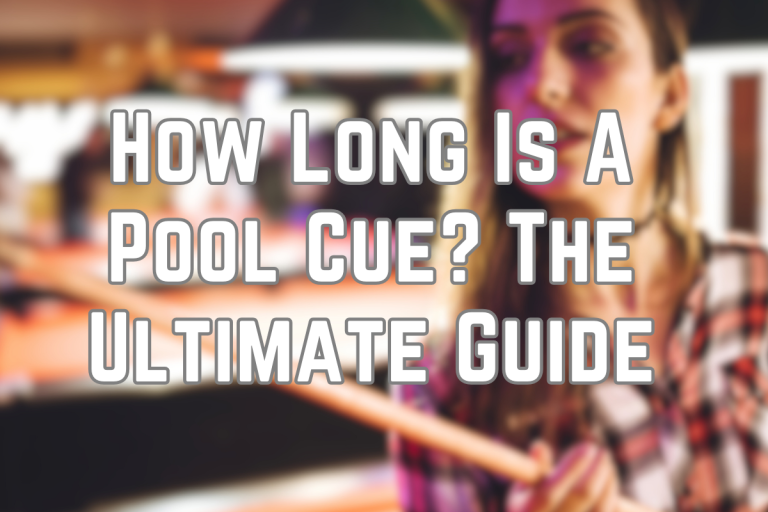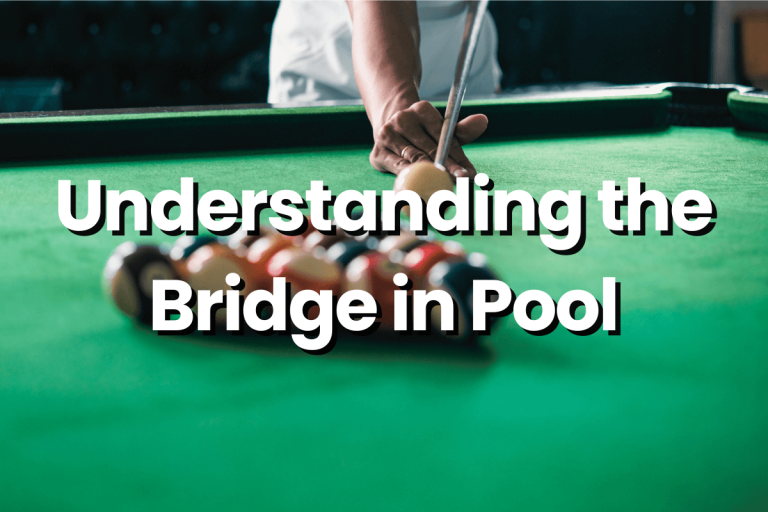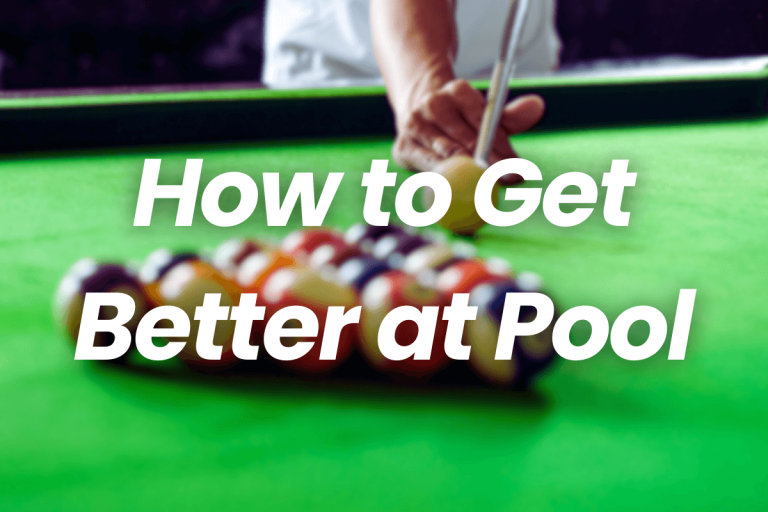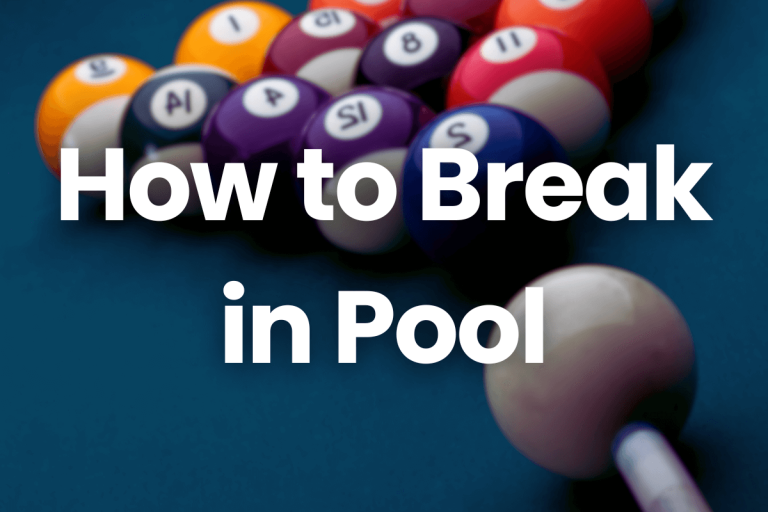Ghost Ball Technique in Pool | Elevate Your Aiming Skills (2024)
In the world of pool, the ghost ball technique stands as a game-changer! This clever aiming method is key for precision and accuracy, making those tricky shots seem like a breeze. Whether you’re a budding enthusiast or looking to refine your skills, understanding the ghost ball will revolutionize your play. It’s not just about where you hit, but how you visualize the shot. Ready to see your pool game in a whole new light? Let’s dive into the magic of the ghost ball technique!
Understanding the Ghost Ball Technique
What is the Ghost Ball Technique?
The ghost ball technique in the pool is an aiming method that helps players determine the precise point where the cue ball must strike the object ball to send it to the desired pocket.
It involves imagining a “ghost” ball (an imaginary ball) at the point where the cue ball should connect with the object ball. This imaginary ball represents the ideal contact point for a successful shot.
The Science Behind Ghost Ball Aiming: Angles and Contact Points
At the heart of this technique is the understanding of angles and geometry. When you visualize the ghost ball, you’re essentially calculating the angle of deflection the object ball will take upon impact.
The correct contact point is where the center of the ghost ball (imaginary ball) aligns with the center of the object ball. This alignment ensures that the object ball travels in the intended direction toward the pocket.
Understanding the tangent line – the line at which the object ball will travel upon impact – is also crucial. This helps in planning not just the current shot but subsequent shots as well.
The Importance of Ghost Ball Aiming
This technique is a cornerstone of precision in the pool, playing a pivotal role in enhancing shot accuracy. Here’s how it elevates your game:
Improved Precision in Shot Placement
By visualizing the ghost ball, players get a clearer idea of the exact point of contact necessary for accurate shots. This method demystifies the often-intuitive process of aiming, providing a more tangible approach to determining the shot’s trajectory.
Enhanced Understanding of Angles
This technique forces players to think critically about angles and the physics of billiard balls. This deeper understanding allows players to execute shots with a higher degree of accuracy, especially in complex situations where precision is key.
Consistency in Play
Regular use of the ghost ball method leads to greater consistency. By repeatedly visualizing and executing shots with this technique, players develop a more consistent stroke and shot strategy, which is crucial for maintaining a high level of play over time.
Better Control Over Shot Outcome
Ghost ball aiming gives players better control over both the object ball and the cue ball. Knowing exactly where to hit the object ball also helps in controlling the cue ball’s position for the next shot, an essential aspect of strategic pool playing.
Adaptability to Different Shots
The ghost ball technique is versatile and can be adapted for a variety of shots, including straight shots, bank shots, and shots requiring spin. This adaptability makes it a valuable tool in a player’s arsenal, useful in almost any game situation.
Setting Up for Ghost Ball
Step-by-Step Instructions to Visualize and Align the Ghost Ball
Identify the Target Pocket: Start by determining where you want the object ball to go.
Visualize the Line: Imagine a straight line from the target pocket through the object ball. Extend this line beyond the object ball. This is where the center of the “ghost ball” should be.
Place the Ghost Ball: In your mind’s eye, place an imaginary ball (the ghost ball) at that point, so its center is on the line, and it’s touching the object ball.
Align the Cue Ball: Position the real cue ball so that if you struck it straight, it hits the ghost ball exactly where the two centers align.
Tips for Perfecting Alignment
Practice Eye Alignment: Practice aligning your shooting eye directly over the cue stick and along the line of the shot. This improves accuracy in visualizing the ghost ball.
Use Aids for Practice: Initially, use object balls or other physical markers to represent the ghost ball during practice to better understand the alignment.
Check and Recheck: Before taking your shot, double-check your alignment to ensure that the cue ball is positioned correctly to hit the ghost ball’s center.
Common Pitfalls in Ghost Ball Aiming and How to Avoid Them
Misjudging Angles: Beginners often misjudge the angle between the cue ball, the ghost ball, and the target. To avoid this, spend time practicing shots from various angles.
Failing to Account for Cue Ball Size: Remember, the ghost ball is the same size as the cue ball. Ensure your visualization includes the full diameter of the ball.
Overthinking the Shot: While it’s important to be precise, overthinking can lead to tension and inaccuracies. Find a balance between careful planning and natural, fluid motion.
Neglecting Practice: Like any skill, visualizing the ghost ball effectively requires practice. Regularly include ghost ball drills in your practice sessions.
Advanced Ghost Ball Tactics
Applying Ghost Ball for Challenging Shots
Bank Shots: For bank shots, visualize the ghost ball where the object must hit the cushion to rebound correctly. Consider the angle of incidence and reflection, adjusting the ghost ball position accordingly.
Spin Shots: When applying spin (English), visualize not only the contact point of the ghost ball but also how the spin will affect the cue ball’s path post-impact. Adjust the ghost ball position to compensate for the cue ball’s altered trajectory due to spin.
Adjusting Ghost Ball Visualization for Various Angles and Distances
Sharp Angles: For acute angles, place the ghost ball further away from the object ball. This helps account for the increased deflection.
Long Shots: For longer distances, focus on the line extending back from the object ball through the ghost ball to ensure accurate alignment. The longer the shot, the more precise your alignment needs to be.
Elevated Shots: If you need to elevate the cue for a jump or masse shot, visualize how the cue ball’s arc will impact where it strikes the ghost ball.
Examples of Successful Advanced Shots Using Ghost Ball Techniques
Tight Cut Shot: Imagine a tight cut where the object ball is near the rail, and the pocket is at a sharp angle. By precisely placing the ghost ball, you can determine the exact point of contact for a successful cut.
Multiple Rail Bank Shot: For a shot that involves banking off multiple rails, use the ghost ball technique at each contact point along the rails to map out the cue ball’s path.
Spin to Avoid Scratch: If you’re at risk of scratching, use the ghost ball to visualize where to apply spin to the cue ball, altering its path after hitting the object ball to avoid the pocket.
Conclusion
The ghost ball technique is a valuable tool in the pool player’s arsenal, offering a clearer path to improved accuracy and precision in shots. It’s a skill that grows with consistent practice, shaping the way you see and play the game. As you continue to practice and apply this technique, you’ll likely notice a marked improvement in your play. Stay dedicated, keep practicing, and enjoy the rewards of refined skill and heightened enjoyment in every game. Here’s to elevating your pool experience with the ghost ball!
FAQs
What exactly is the ghost ball technique in the pool?
It’s an aiming method where you visualize an imaginary ball (the ‘ghost ball’) at the point where the cue ball should connect with the object ball for accurate shot placement.
How does the ghost ball technique improve my shots?
It helps by providing a visual guide to precisely target the contact point on the object ball, leading to more accurate and consistent shots.
Is the ghost ball technique difficult to learn?
It might feel challenging at first, especially in visualizing the ghost ball, but with practice, it becomes an intuitive part of shot planning.
Can I use the ghost ball technique for all types of shots?
Yes, it’s adaptable for various shots, including straight, angled, and even some spin shots. However, the complexity of the shot might require adjustments in visualization.
Does the ghost ball technique work on different-sized tables?
Absolutely. The technique is about angles and points of contact, which remain consistent regardless of table size.
How long does it take to get good at using the ghost ball?
It varies by individual, but with regular practice, most players start to see improvements in their aiming within a few weeks.

